SM Sultan: The birth of a Bengali Avant-garde artist
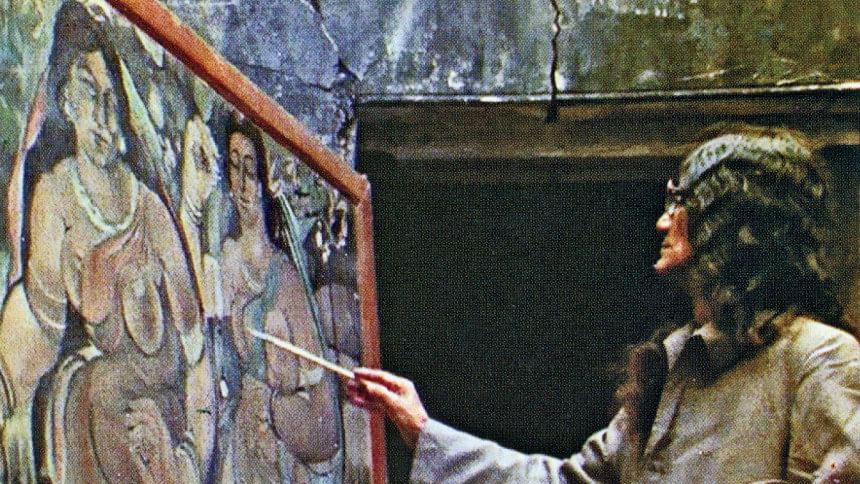
Today marks the 95th birth anniversary of Bengali Avant-garde artist Sheikh Mohammed Sultan (better known as SM Sultan and fondly called ‘laal miah’; August 10 1923 – October 10 1994). He was a genre by himself, and was a unique painter in the context of the artistic tradition of the Indian sub-continent.
Sultan’s artistic conscience, philosophy, the vigour and movement of his brush aptly portrayed the muscular figures of the peasants to symbolically represent their indomitable spirit and inner vision. The feminine grace or the sensual beauty of the Bengali women, completely free from any sort of mystifying symbol apart from the inherent logic of aesthetics, bear ample testimony of Renaissance paintings, so said by Ahmed Sofa. Being an avant-garde artist, Sultan chose peasants as his muse. His works depicted their stoic valour, power of survival and unceasing commitment to the land. SM Sultan was provocative in nature, but he was honest and true to his works. Love for humanity is the prime pillar for an artist like Sultan, who serenades the songs of humanity and the harmony of life and nature.
During his school life, Sultan used to paint with coal. Farmers seem to frequently appear as the actual heroes of the country. They push in the blade of the plough into the rough land to produce and harvest, but live without food in their stomachs, without clothes on their body. The truth is, we are alive because of them. If they weren’t here, our existence would be in danger. Even though they are emaciated, skeletal and undernourished in reality, Sultan wanted to imagine them as a symbol of strength and dreamt of bringing about prosperity in their life through his arts.
SM Sultan was born in Narail in 1923. With the help of noted art historian and critic Shahed Suhrawardy, Sultan enrolled in the Calcutta Art School but left after three years without completing a degree. That marked the beginning of a colourful and bohemian life that took him to many different cities. The ensuing tension between expectation and reality, exploitation and justice, violence and contentment, sets the tone for his epic narratives. Sultan participated in an exhibition at Victoria Embankment in Hampstead, London, along with Picasso, Dali, Braque, Klee and others in 1956. He received the Ekushey Padak in 1982, the Shadhinata Padak in1993, the Bangladesh Charushilpi Sangshad Honour in1986 and from 1984, he was made a Resident Artist of the Bangladesh Shilpakala Academy. In 1998, Bangladesh Shilpakala Academy conferred on him a special award to mark the 50th anniversary of fine art in the country.
In 1989, renowned filmmaker Tareque Masud directed a 54-minute documentary film on Sultan’s life, called Adam Surat (The Inner Strength). Masud started filming it in 1982 with the help of the painter, and traveled with him all around Bangladesh. In 2005, renowned photographer Nasir Ali Mamun published a book, ‘Guru’, with 68 photographs of Sultan. These were selected from thousands of photographs taken by Mamun in the period from 1978, when he first met with Sultan, until his death.

 For all latest news, follow The Daily Star's Google News channel.
For all latest news, follow The Daily Star's Google News channel. 


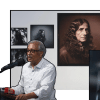
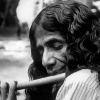
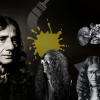
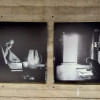


Comments